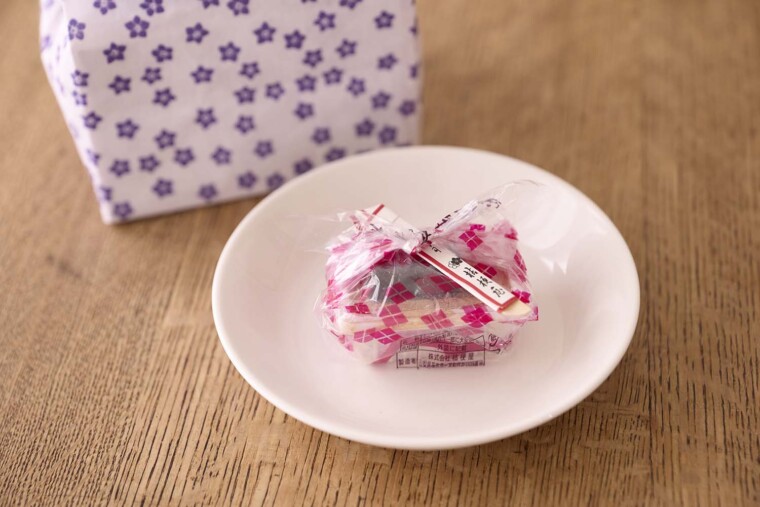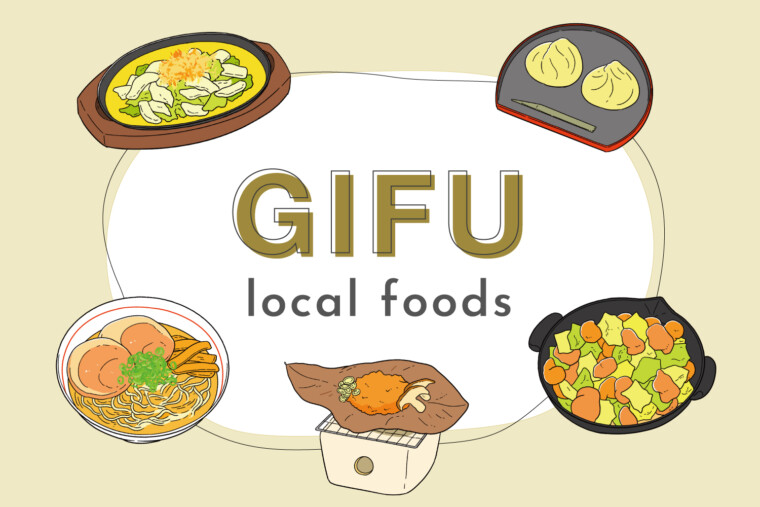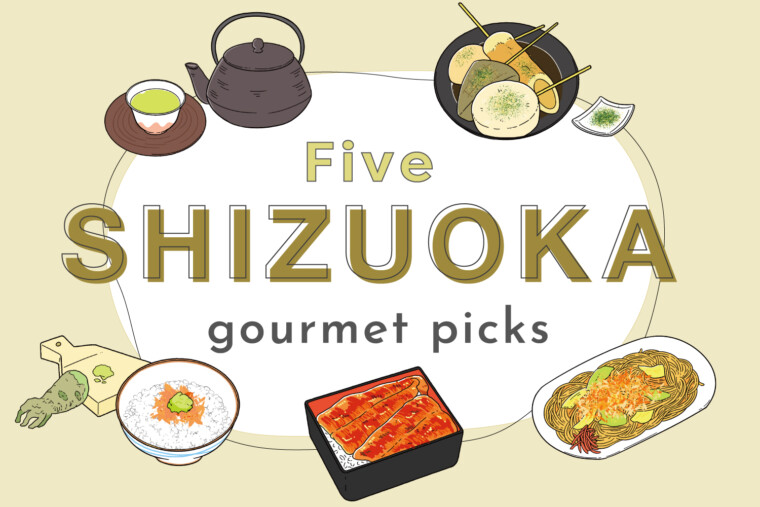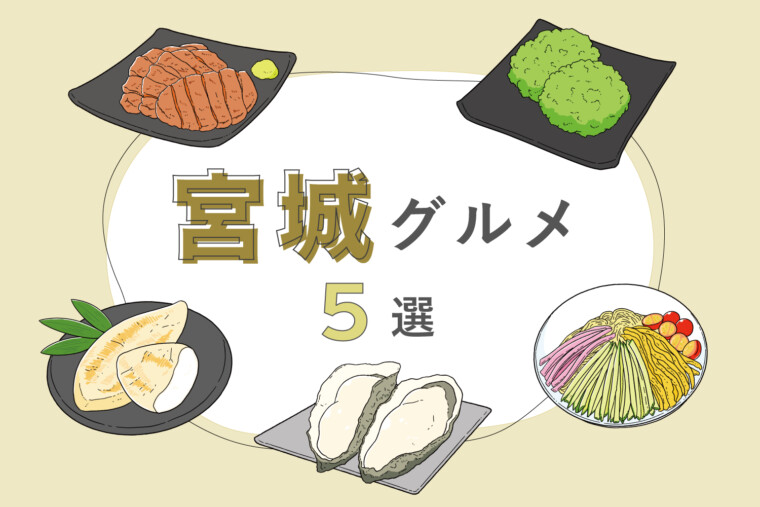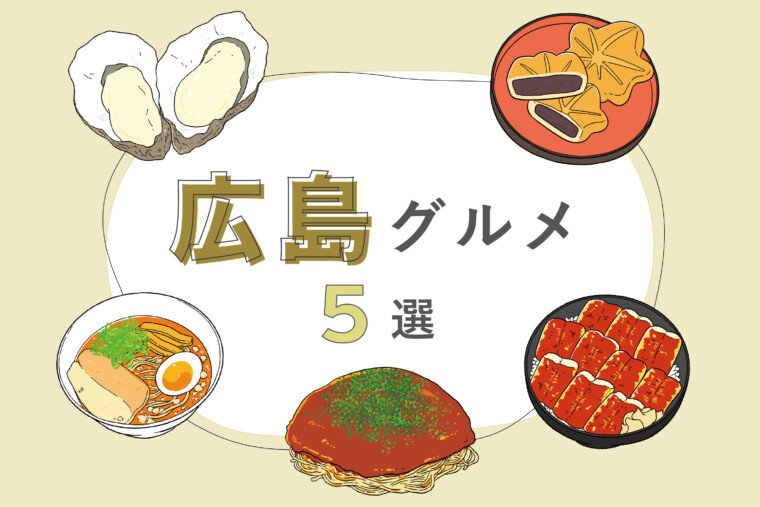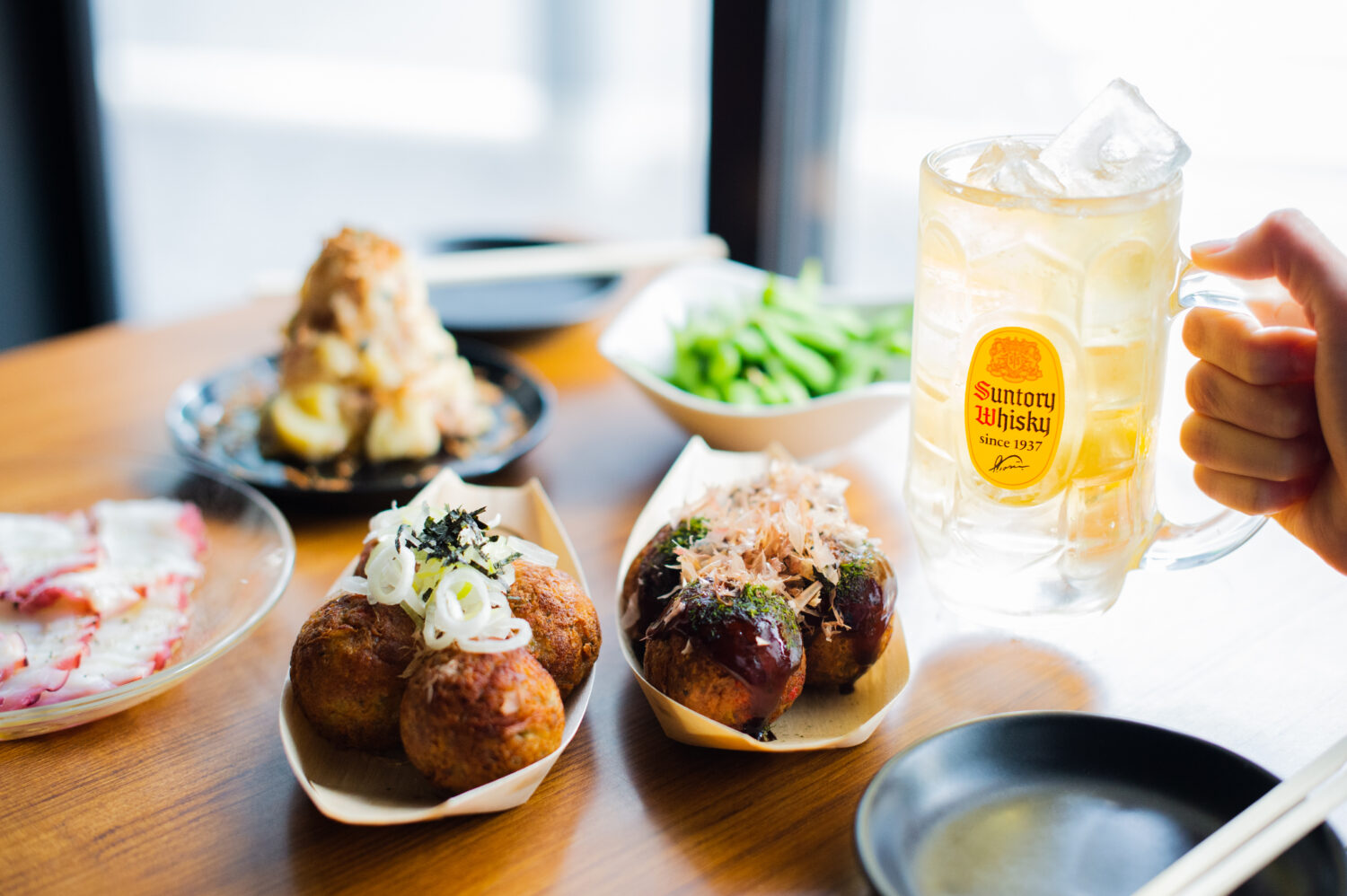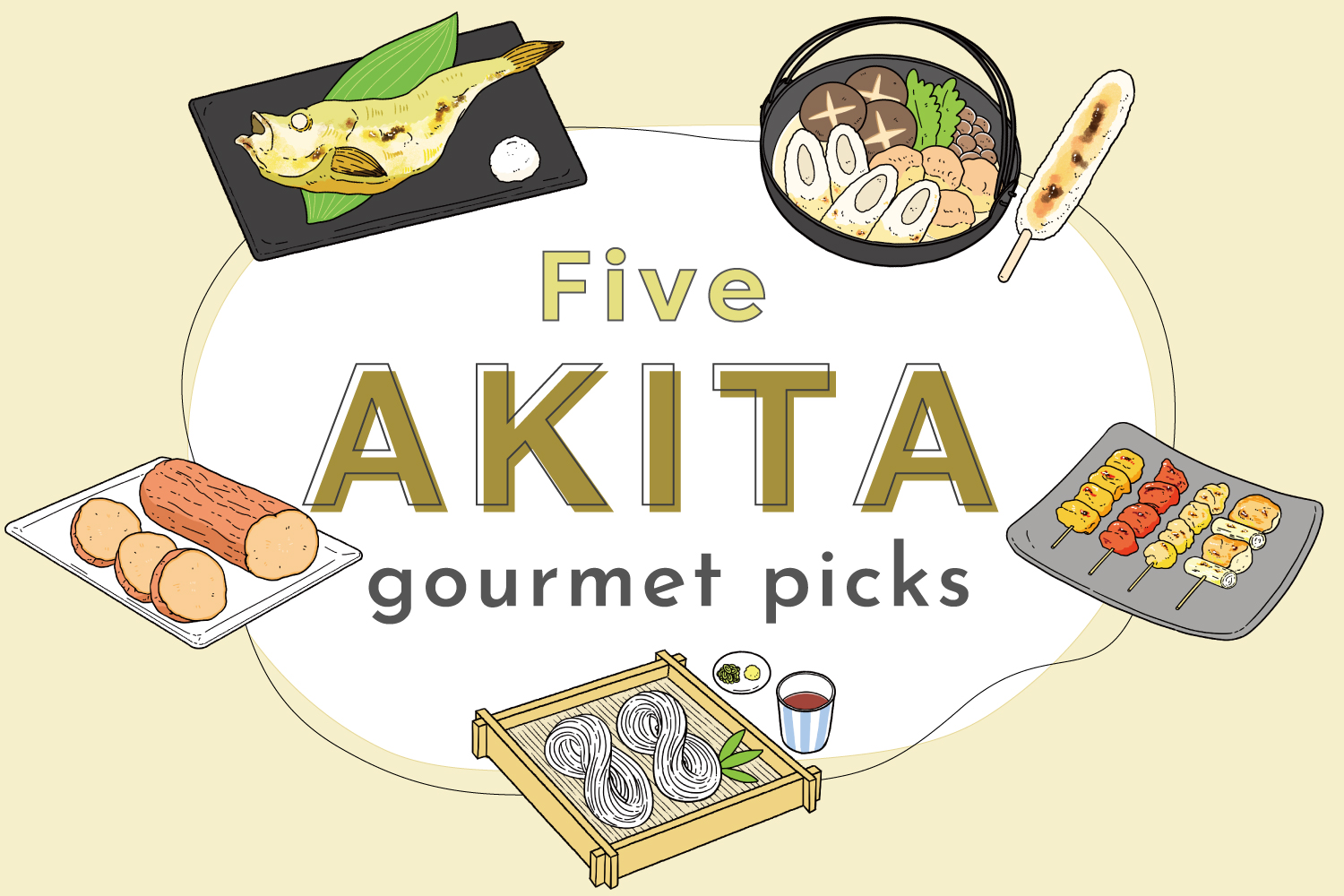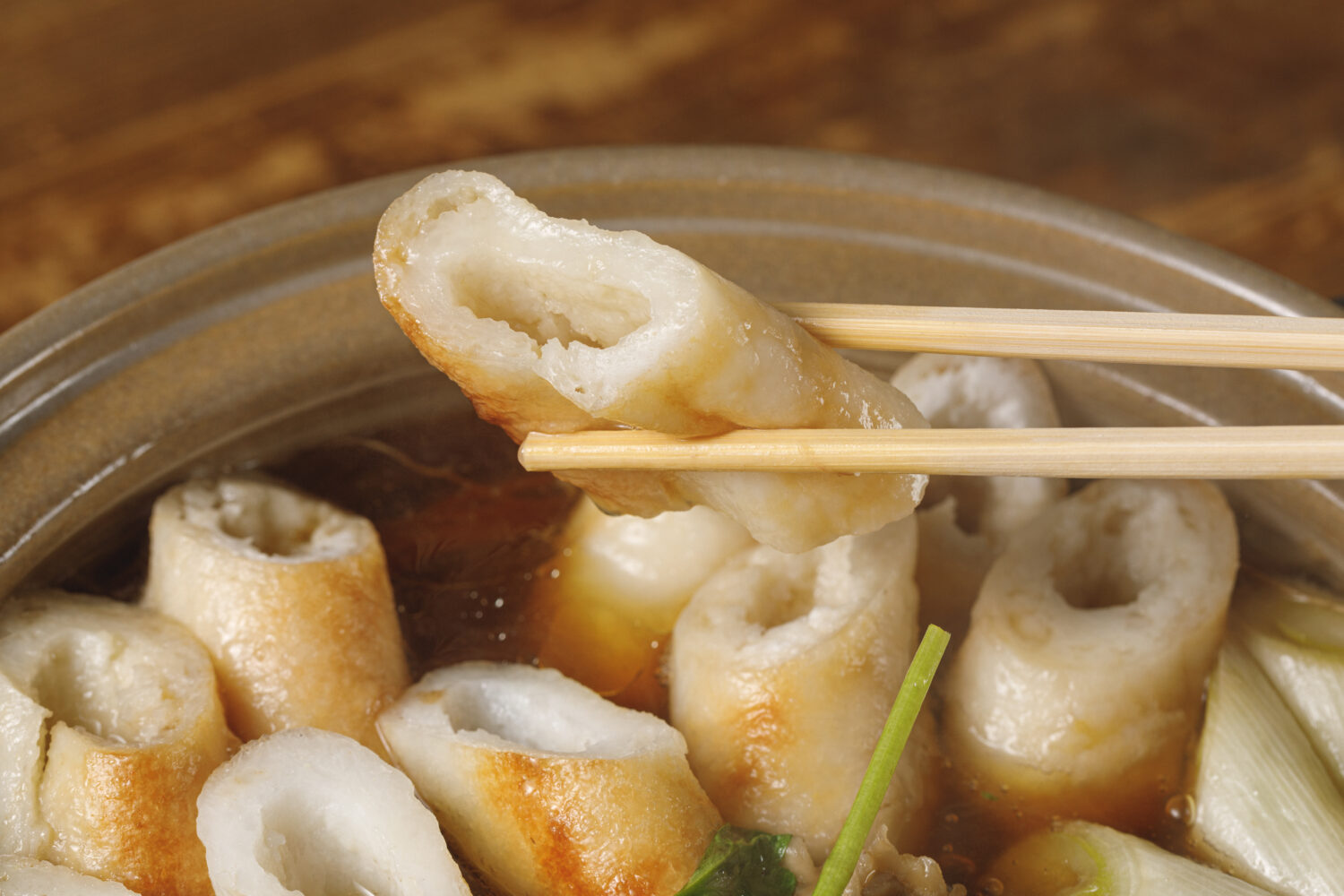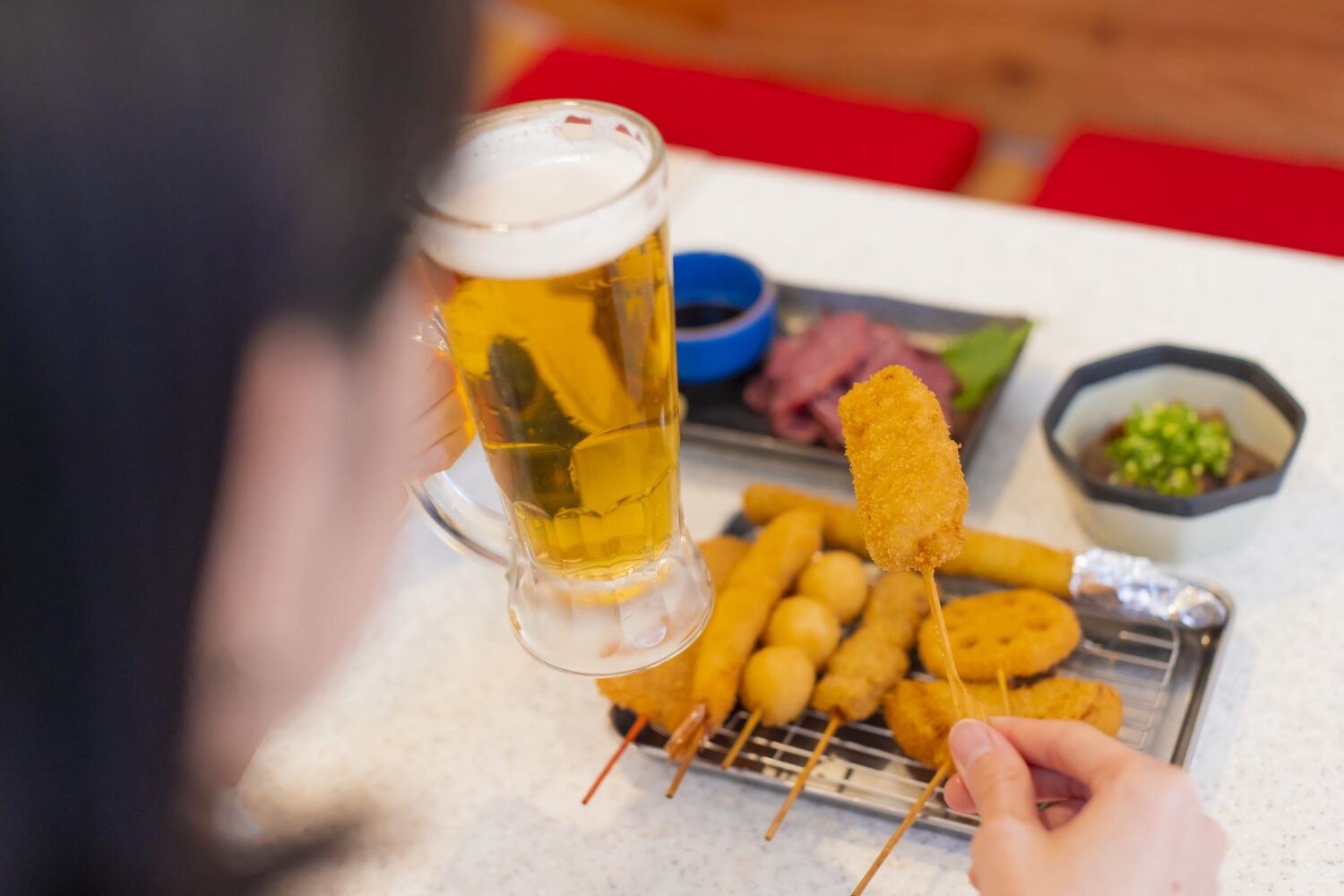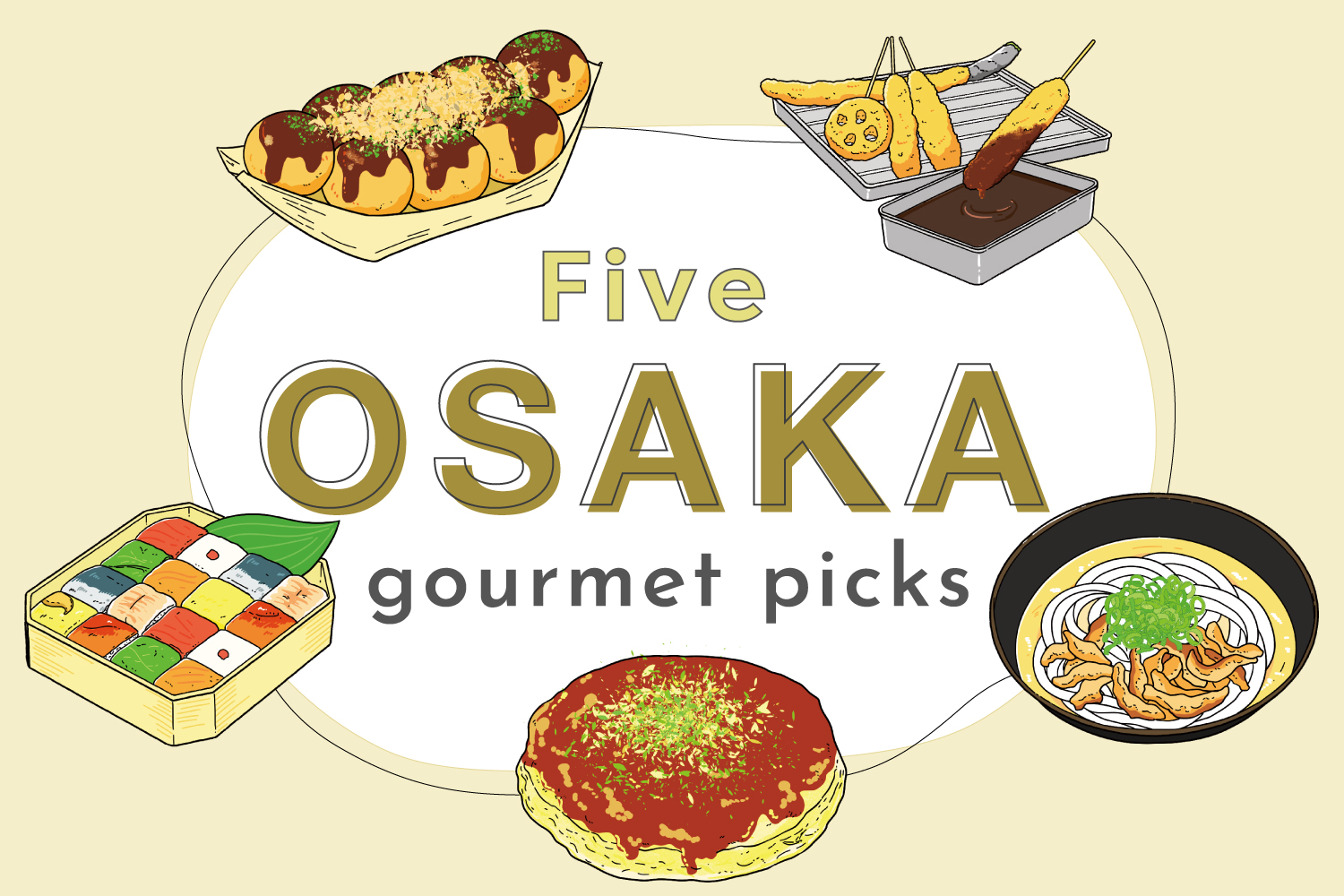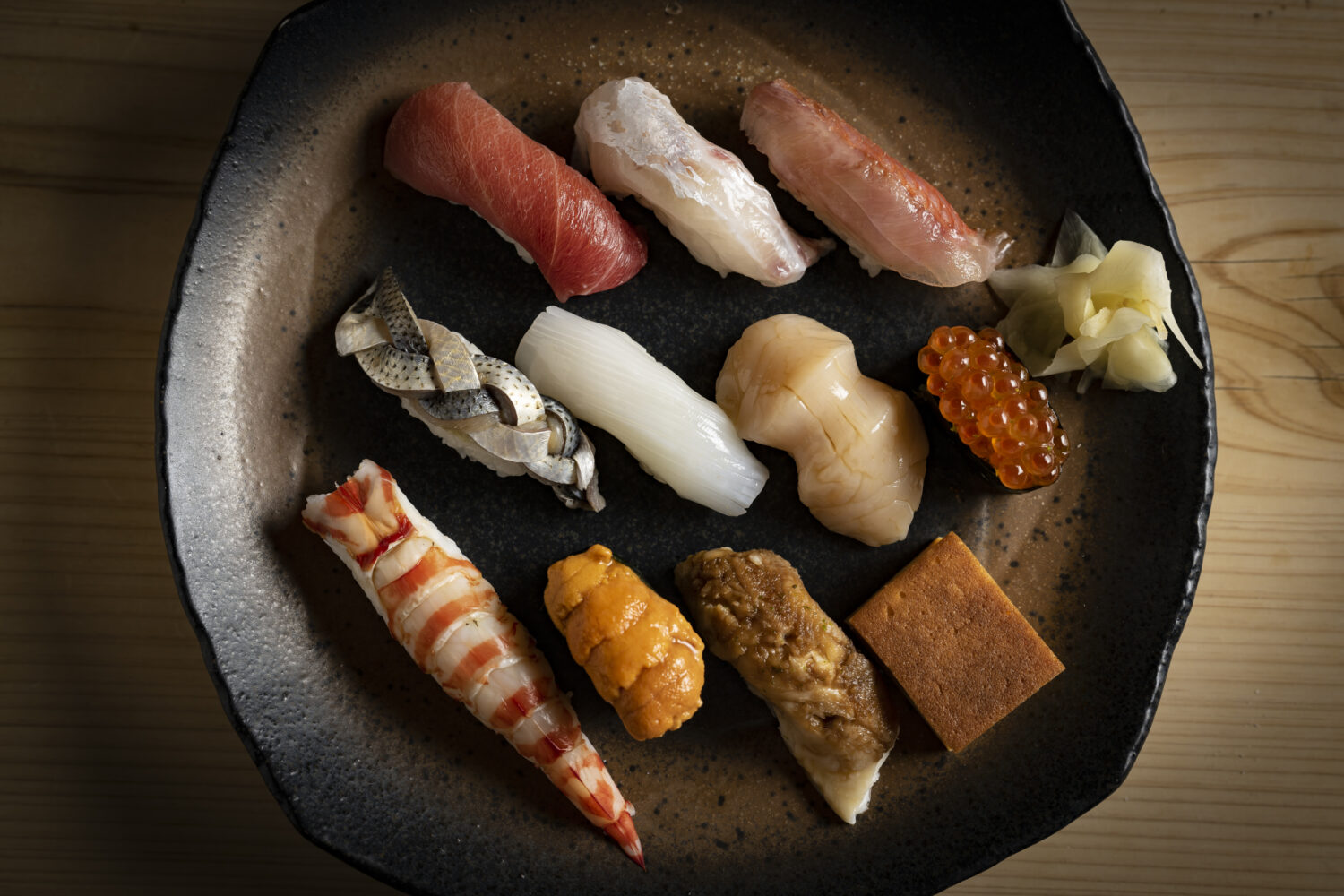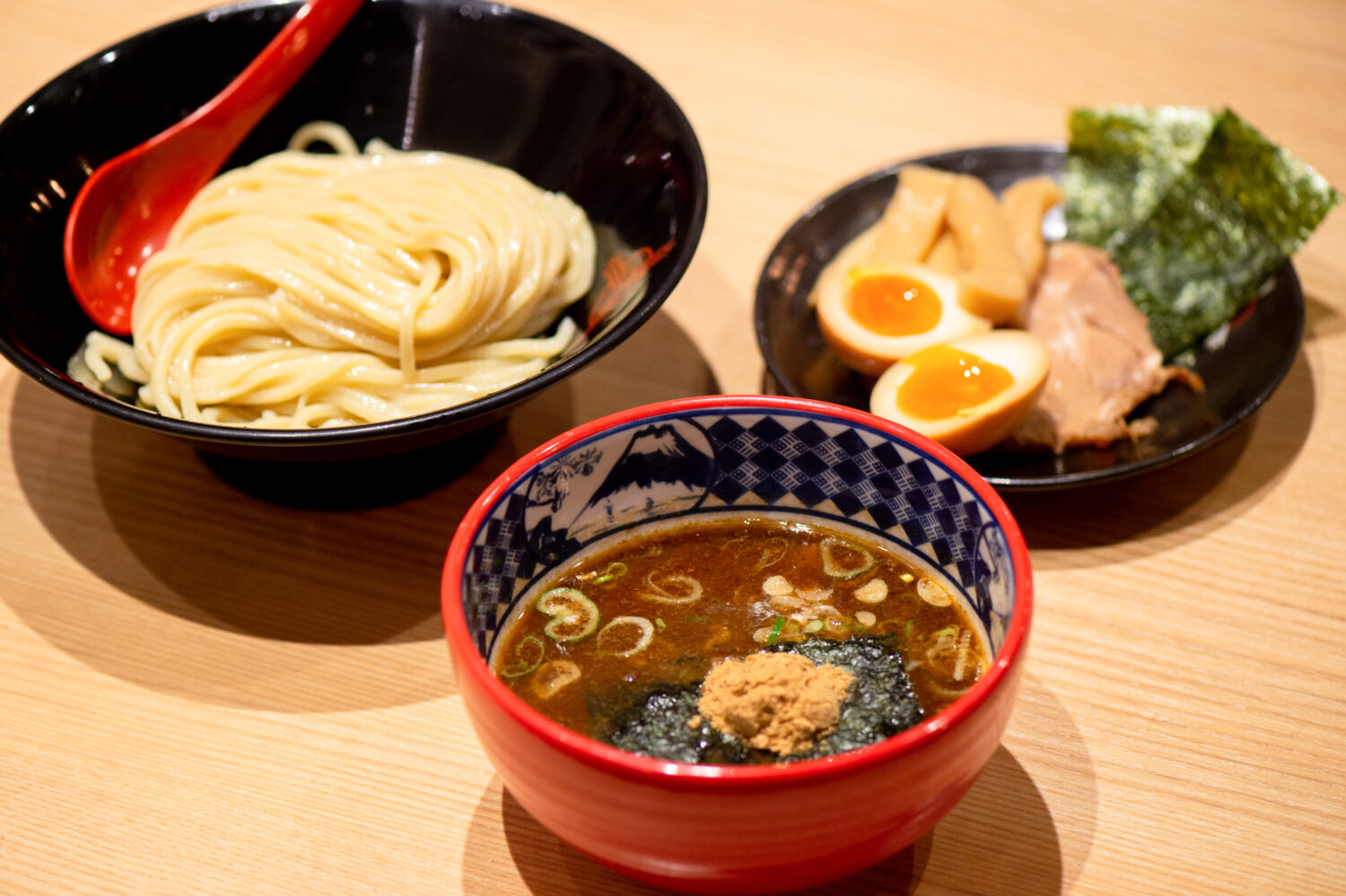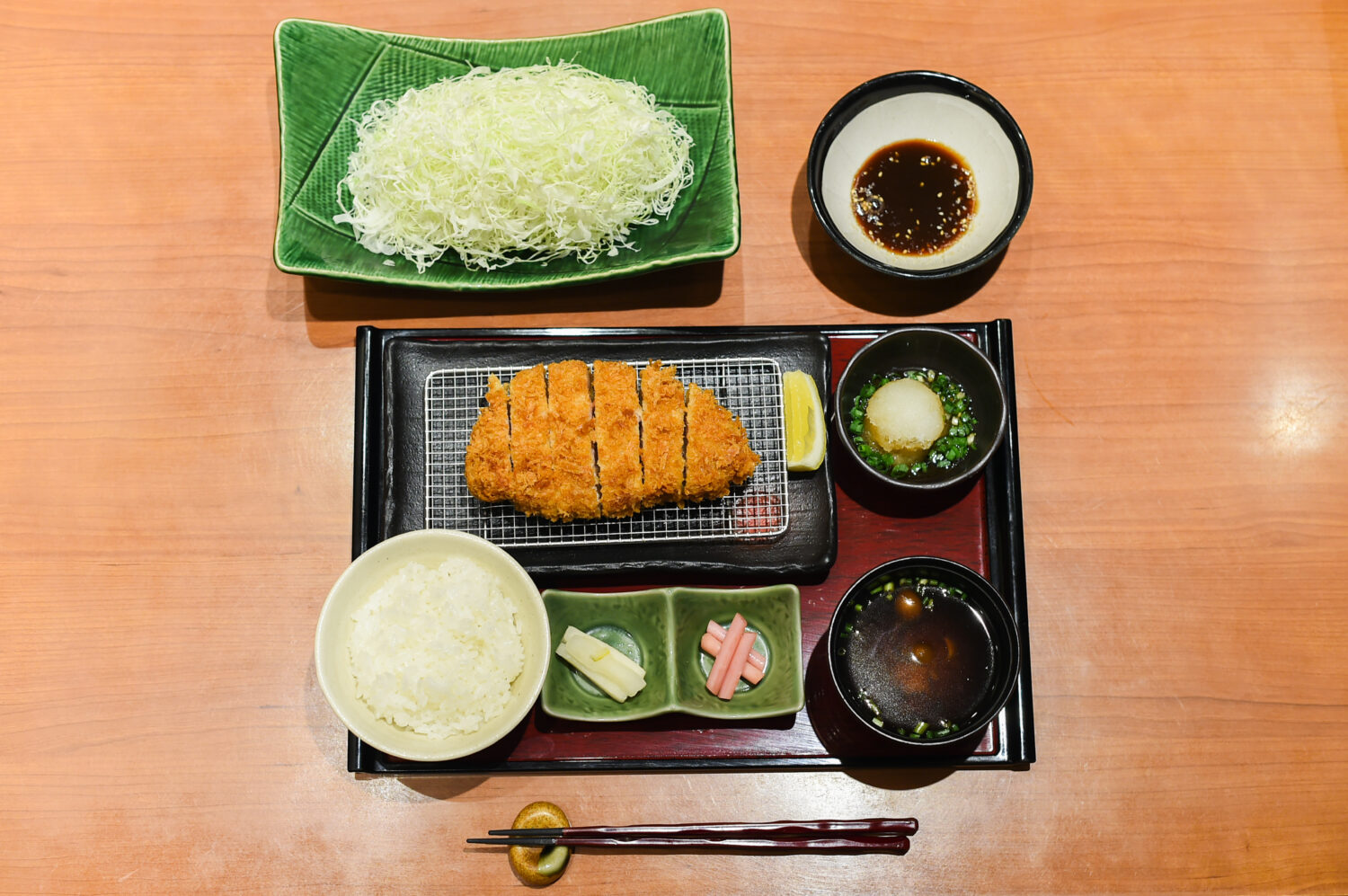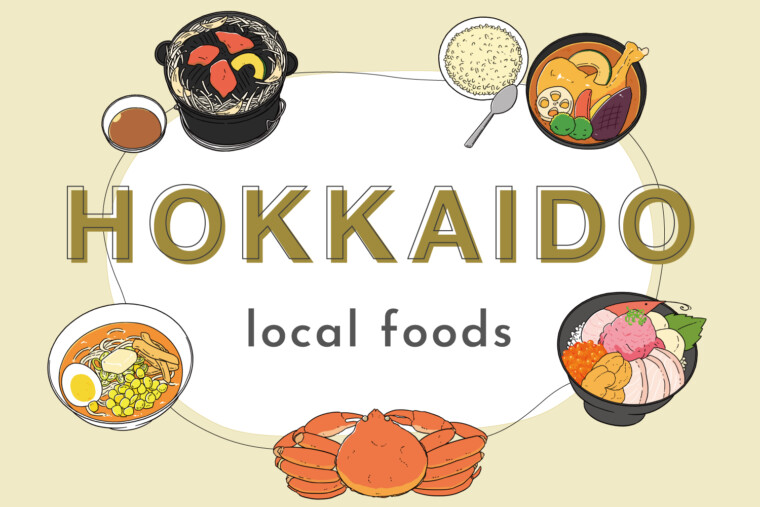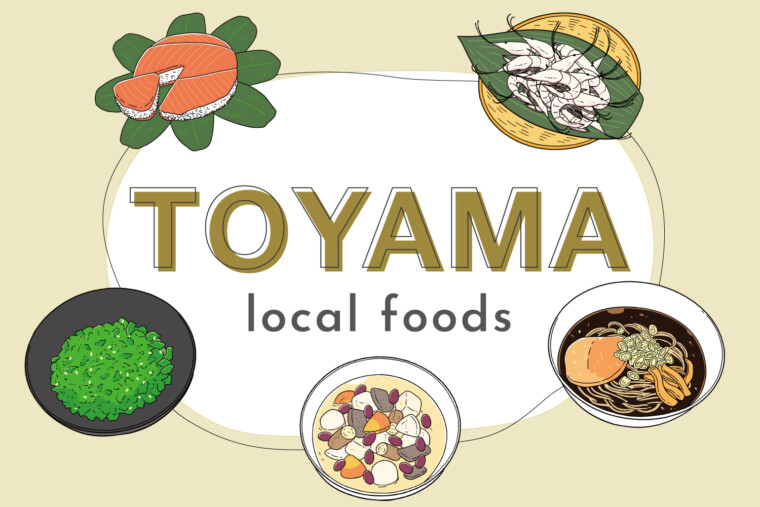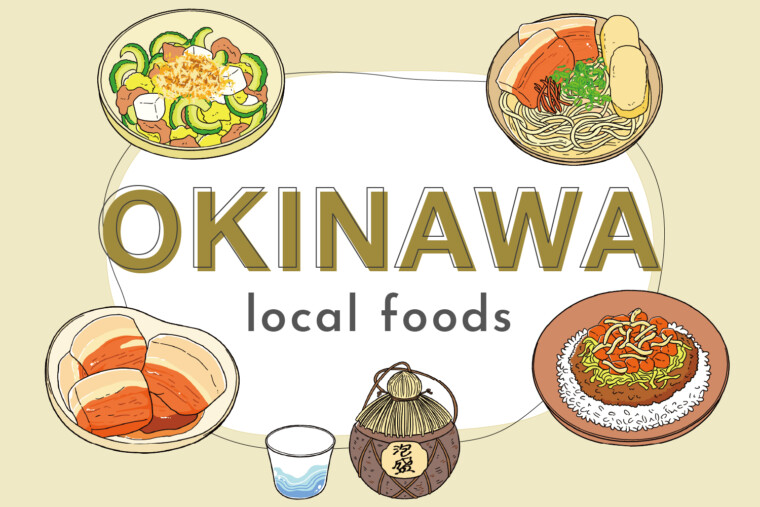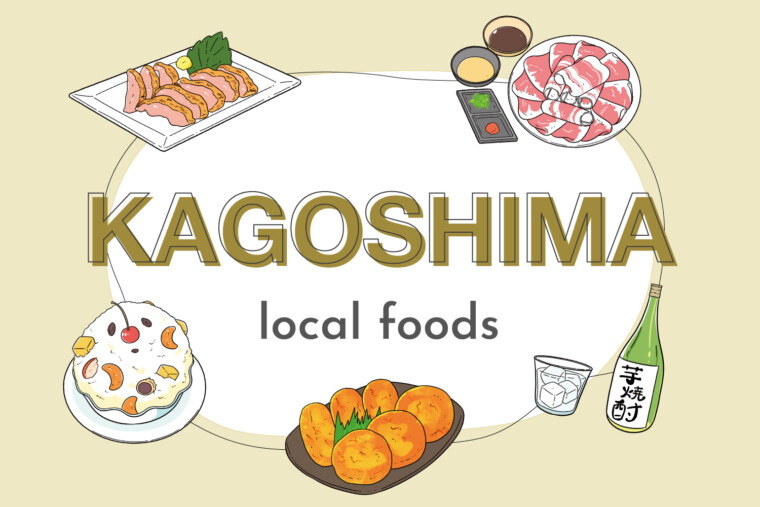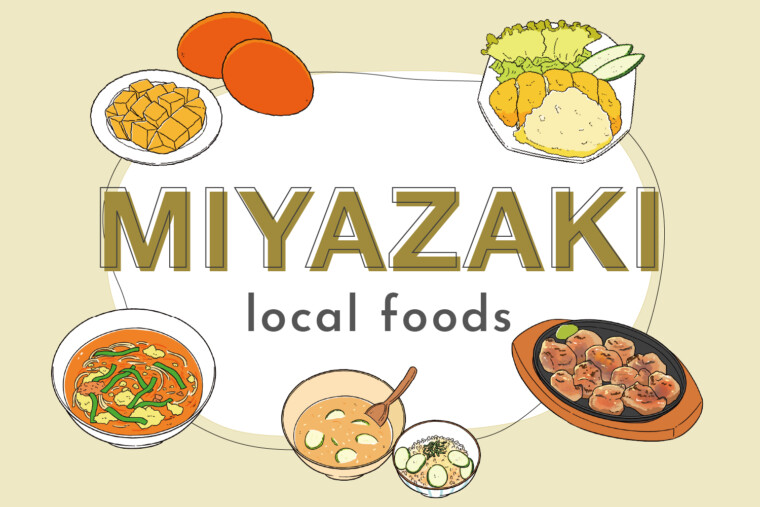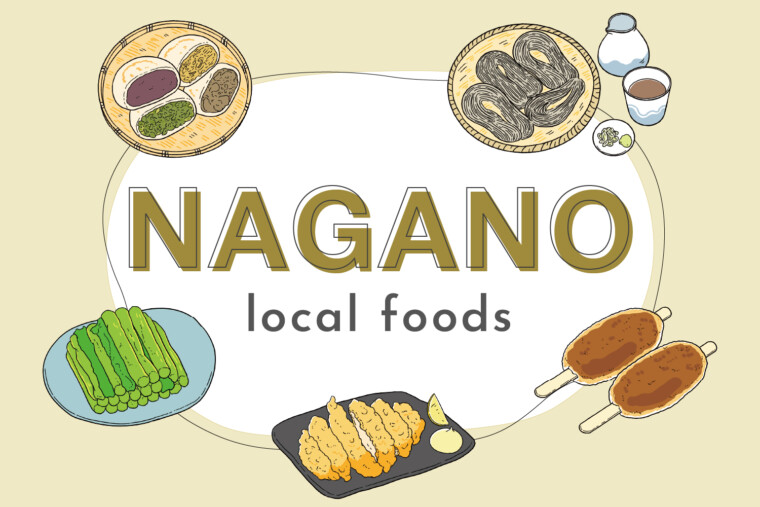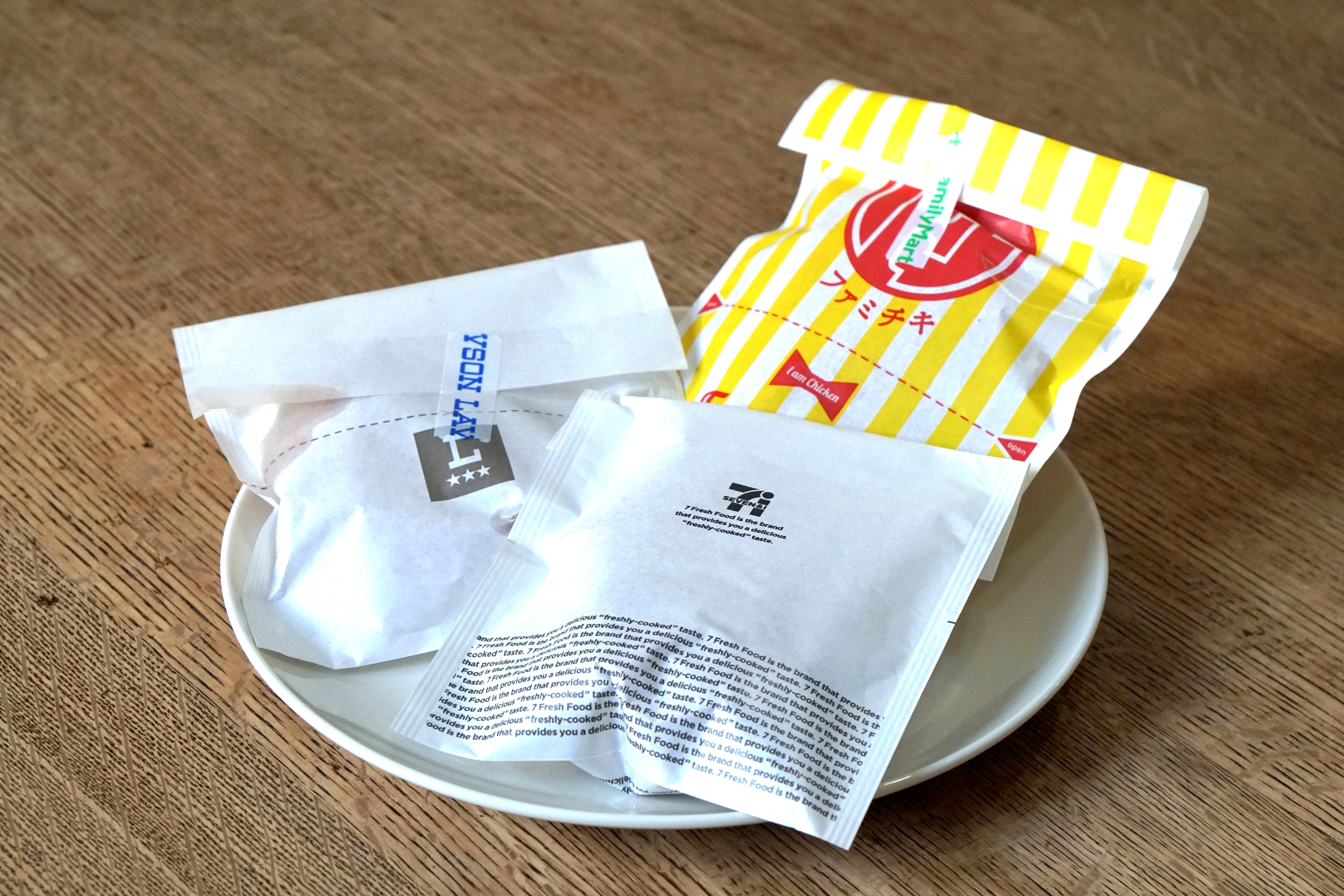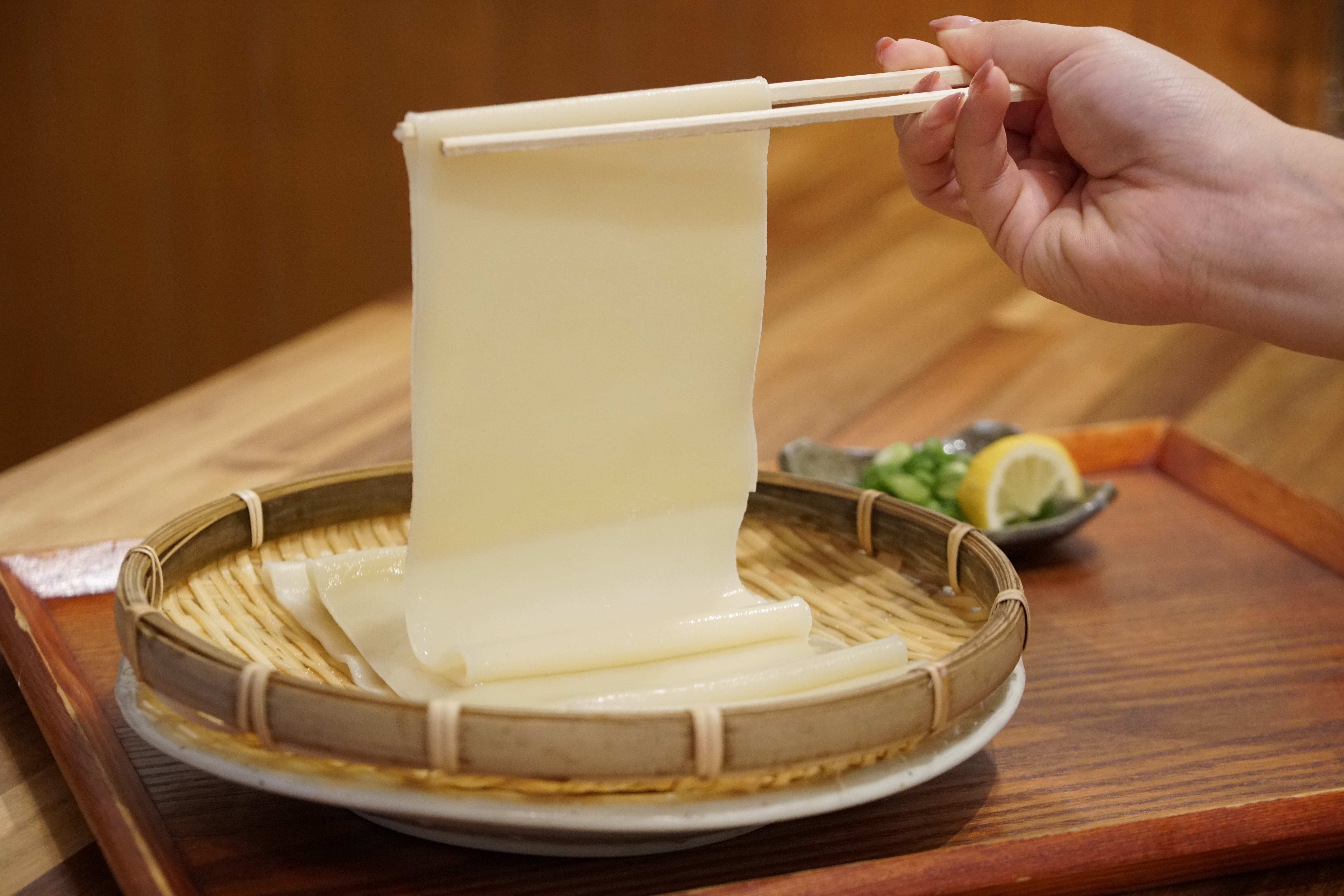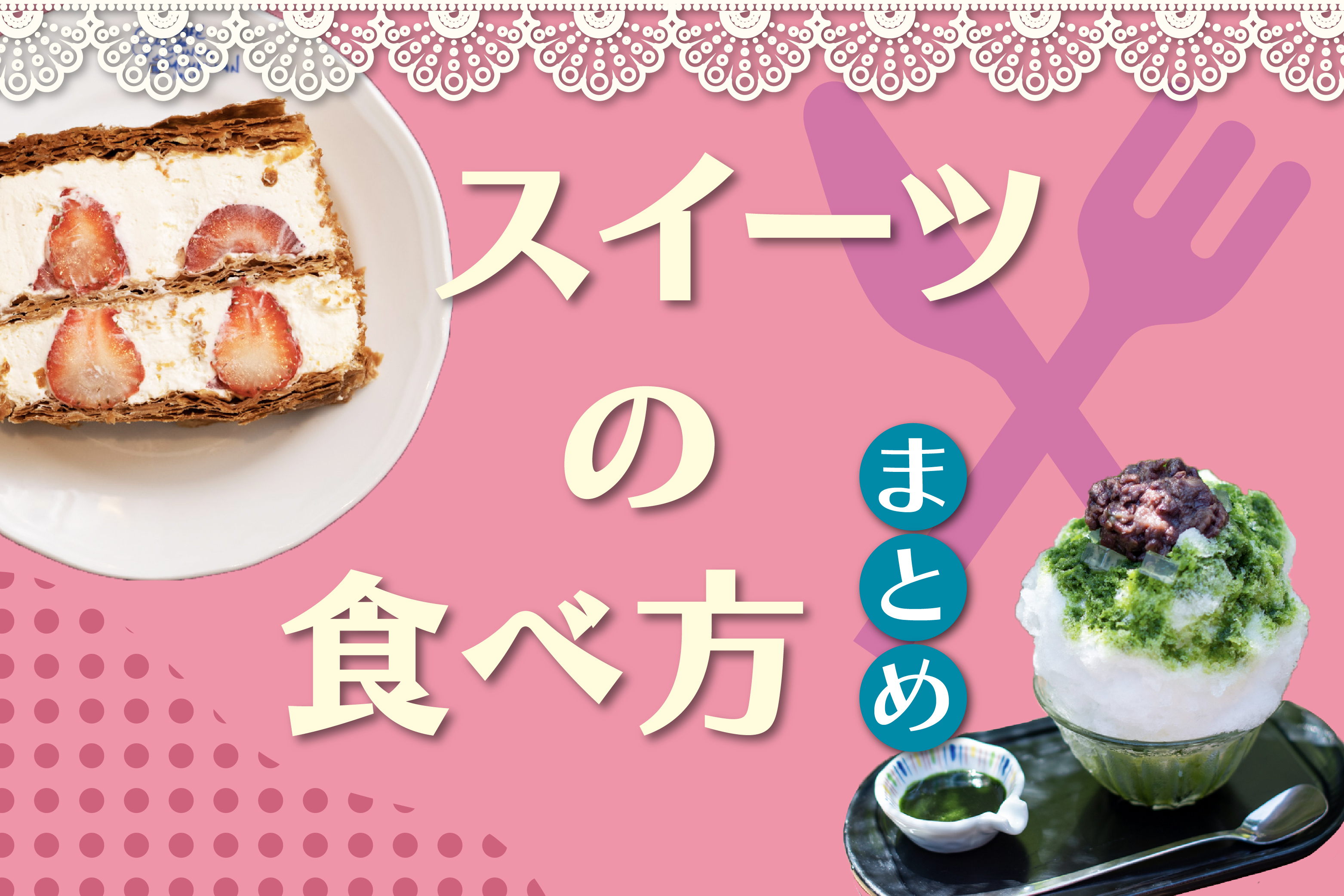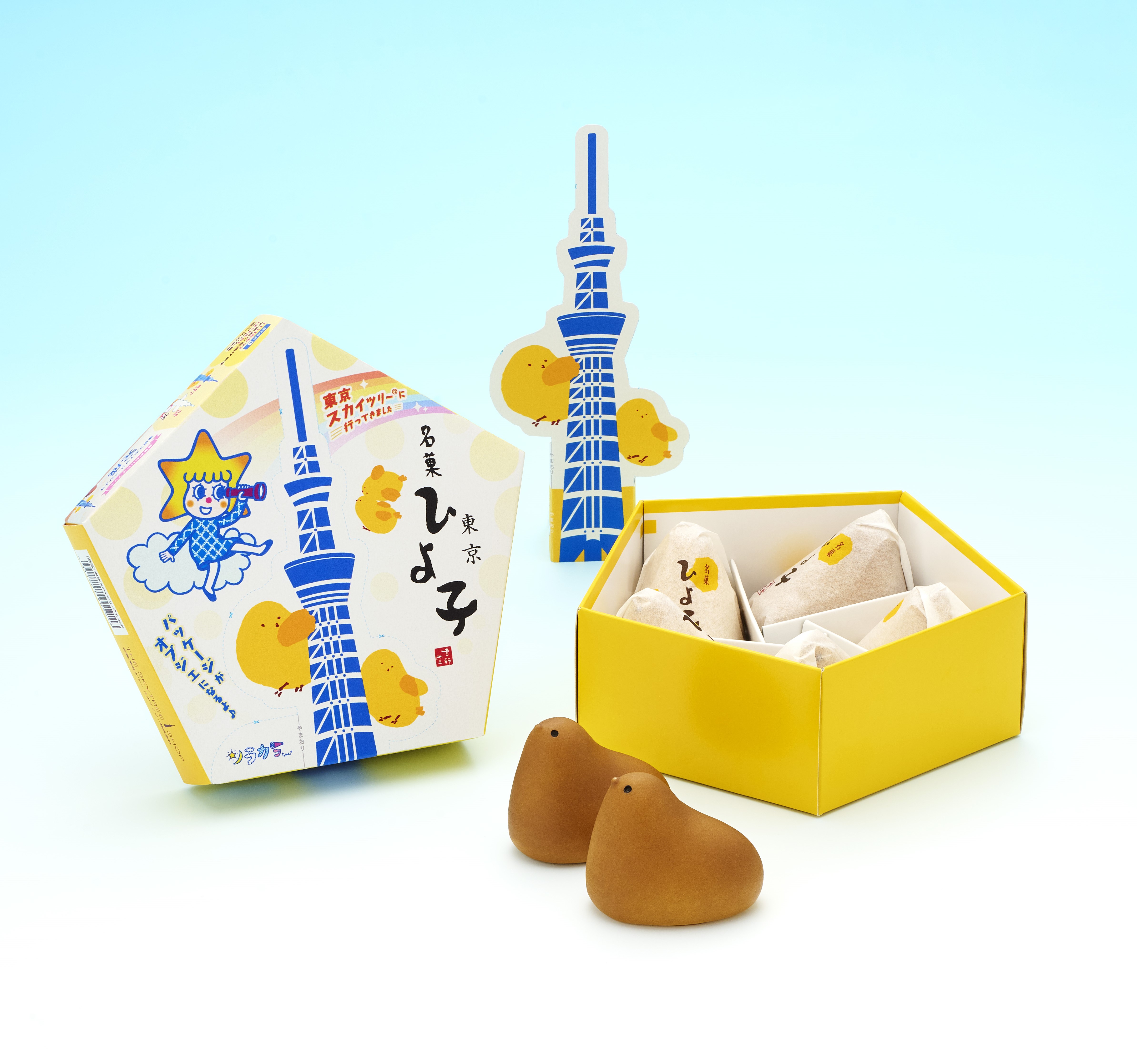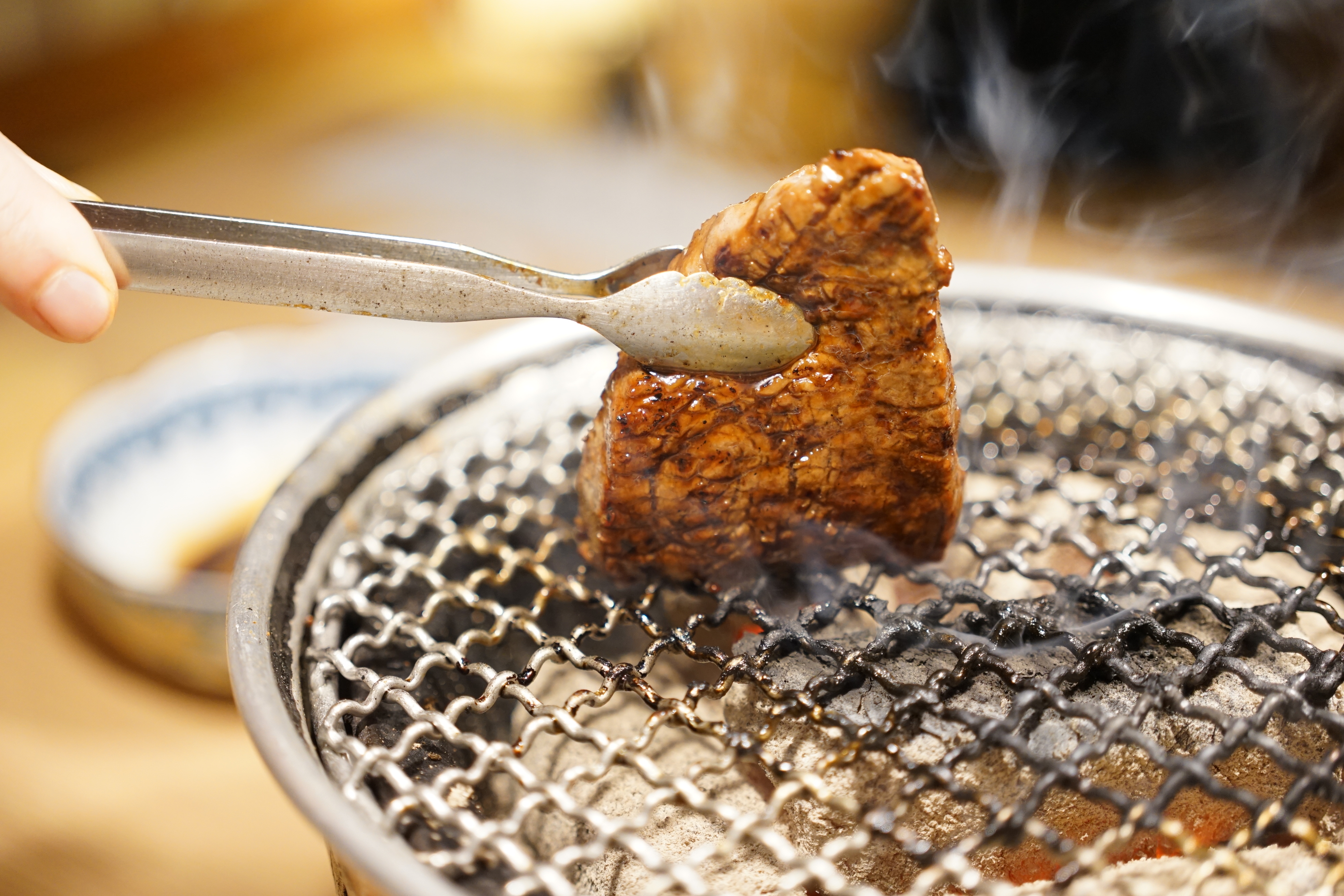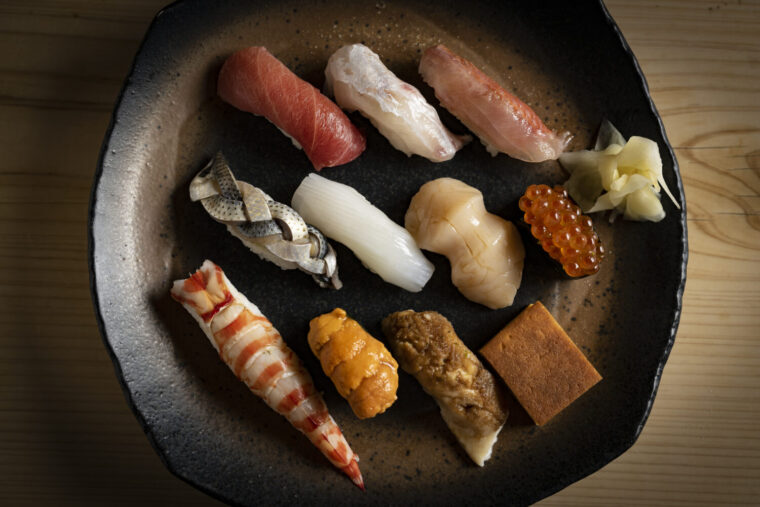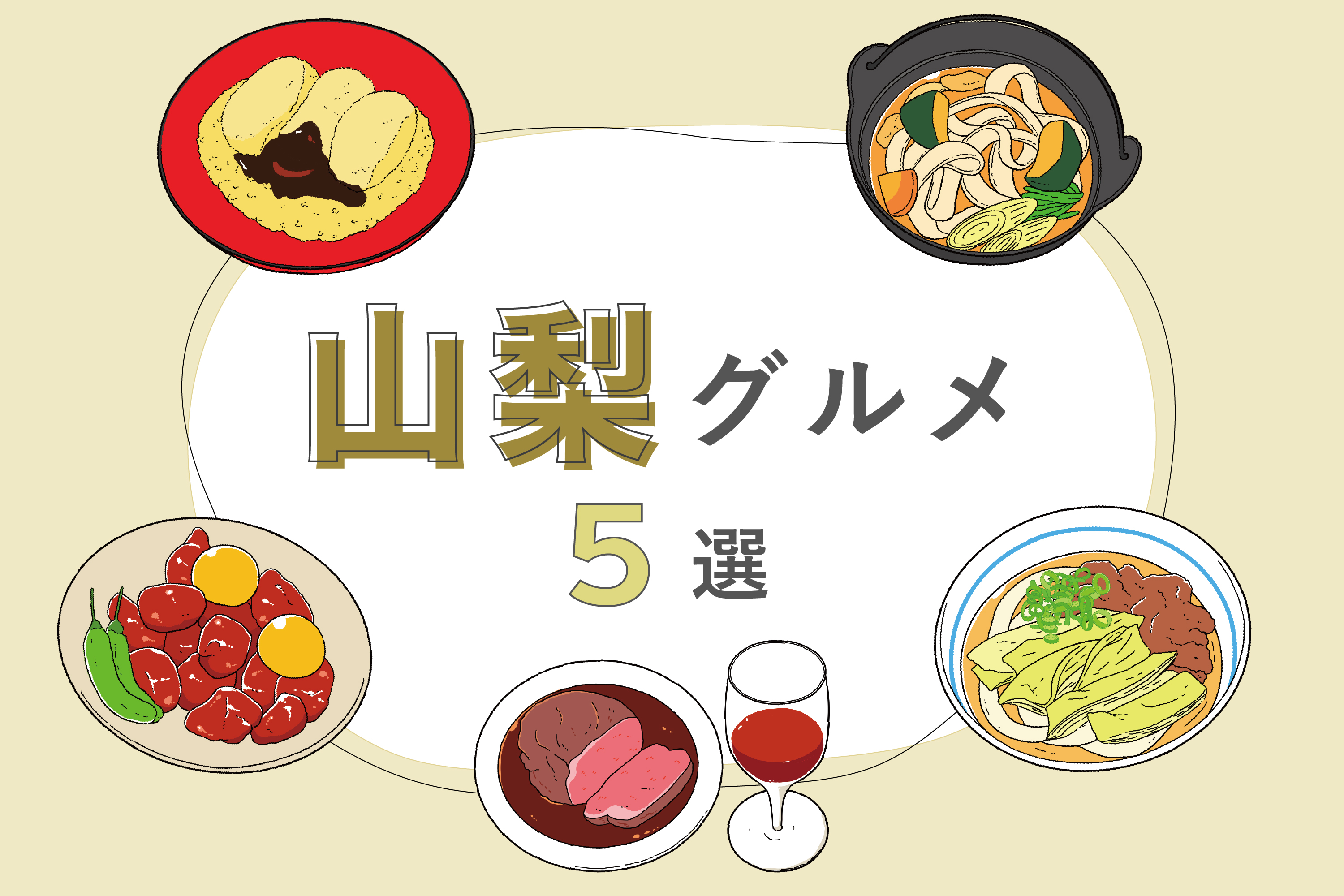
Must-Try Local Foods in Yamanashi: Shingen Mochi, Hōtō, Yoshida Udon & More
Yamanashi Prefecture, home to the World Heritage site Mount Fuji, is a land rich in nature surrounded by mountains, where a variety of fruits such as grapes and peaches are harvested. The region also boasts many long-loved specialties, including the classic souvenir Shingen Mochi and Hōtō, a hearty dish of flat noodles simmered in broth.
share:
Table of Contents
A Simple yet Flavorful Confection: “Shingen Mochi”

“Shingen Mochi” is generously topped with kinako (roasted soybean flour) and kuromitsu (black sugar syrup). It is said to have been inspired by the cut rice cakes that Lord Takeda Shingen used as emergency food during the Sengoku period. Made with simple ingredients—glutinous rice flour, carefully selected sugar, kuromitsu, and kinako—this confection has become a beloved classic. Originally made with larger rice cakes, it gradually transformed into the current version: smaller mochi placed in cups, lavishly topped with kinako and kuromitsu. Variations such as “Mizu Shingen Mochi,” with a higher water content, and “Kurumi Shingen Mochi,” which contains ground walnuts inside, allow for different flavors to be enjoyed.
“Hōtō” Enjoyed Since the Heian Period
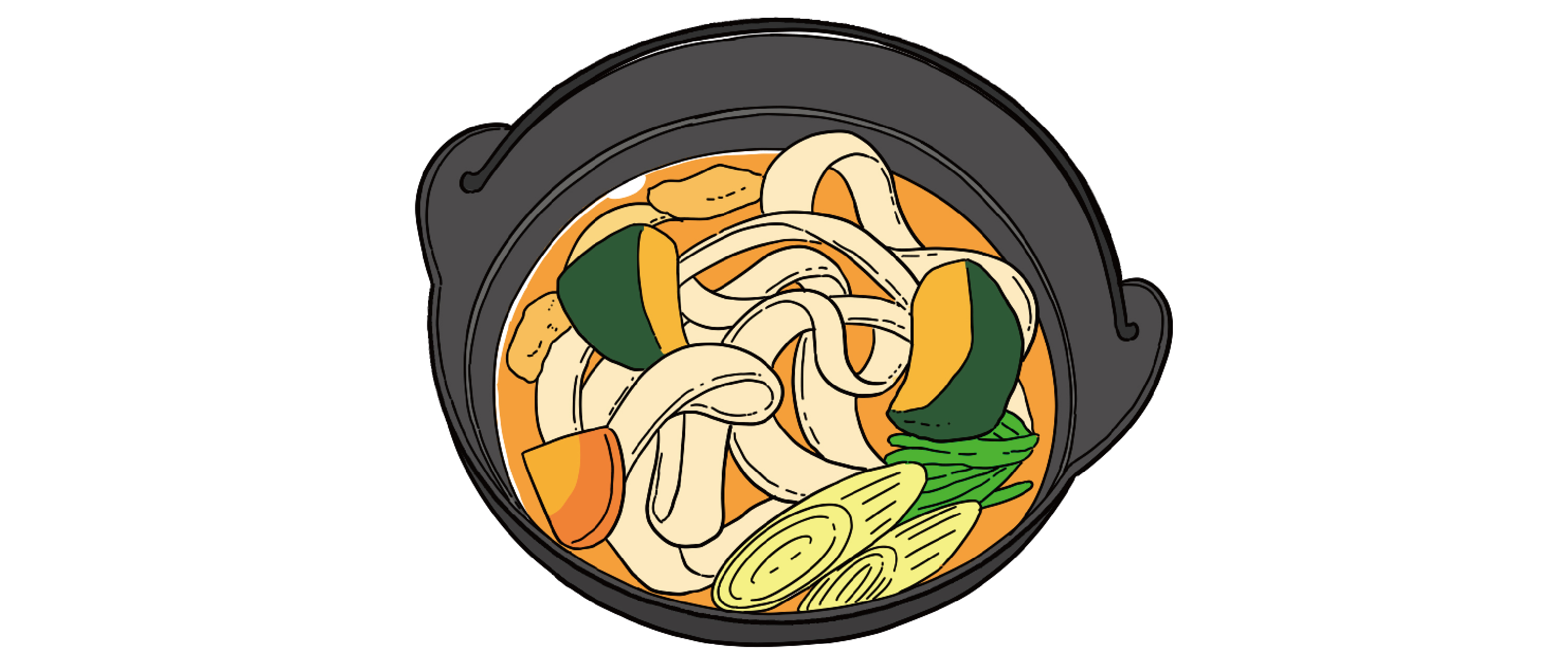
“Hōtō” has been eaten since the Heian period. It is made by cutting dough prepared from wheat flour into flat noodles called “hōtō-men,” which are then simmered with meat, pumpkin, mushrooms, and various other ingredients in a miso-based broth. Since the noodles are cooked with flour still clinging to them, the dish becomes thick and retains heat well, making it perfect for cold seasons. In regions where rice was difficult to harvest, hōtō noodles were an important staple, and learning to make them was considered part of a bride’s training.
Japan’s Hardest Noodles: “Yoshida Udon”

Known as Japan’s hardest noodles, “Yoshida Udon” is famous for its firm bite and strong chewiness. The soup base combines soy sauce and miso, typically topped with boiled cabbage and sweet-simmered horse meat. It is customarily enjoyed with “suridane,” a spice mix of sesame, sanshō pepper, and chili. In Fujiyoshida City, where the dish originated, women supported the textile industry, so men began making udon for lunch to avoid interfering with their work. To ensure the noodles were filling, they kneaded them with great force, giving rise to their unique hardness.
Born from Soba Shops: “Kōfu Tori Motsuni”
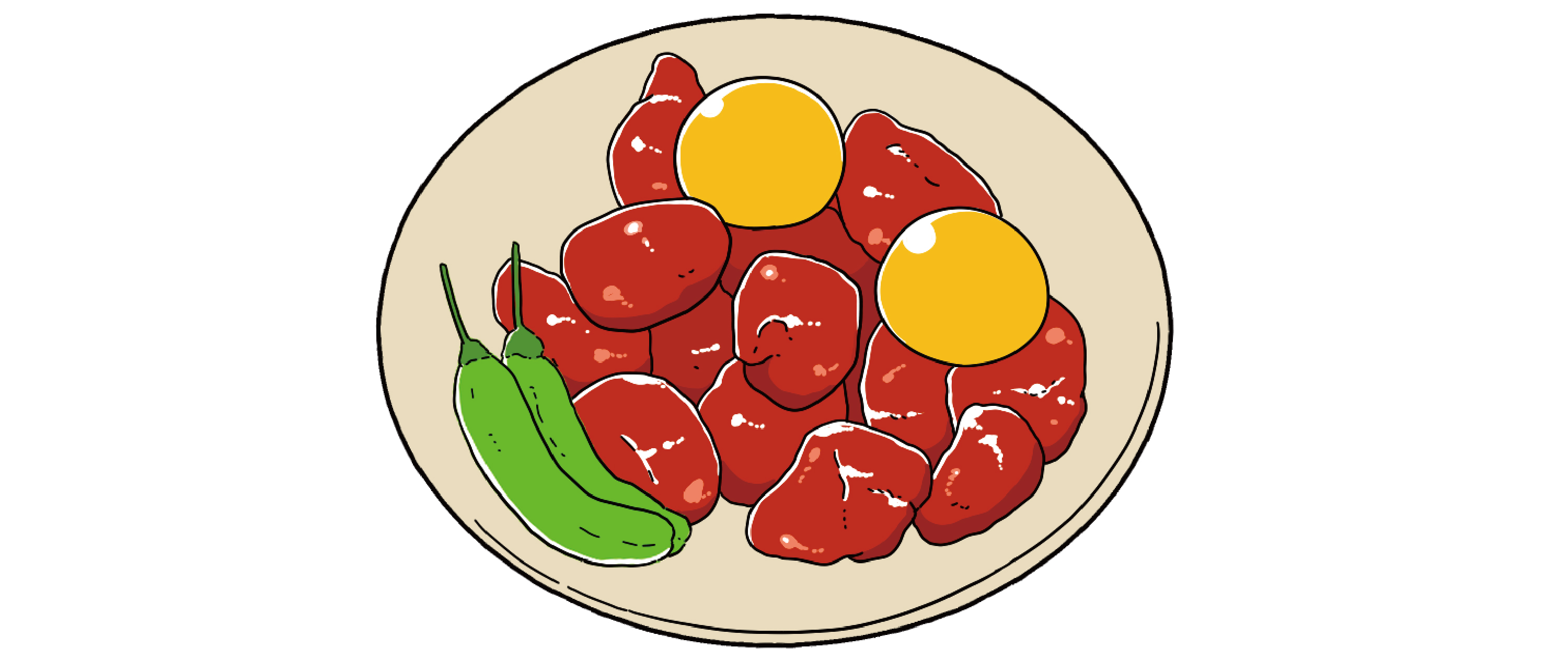
“Tori Motsuni” was created around 1950 at a soba shop in Kōfu City to make use of chicken parts that would otherwise be discarded. It is a dish of chicken gizzards, hearts, “kinkan” (immature eggs), and liver simmered in a sweet-savory sauce of sugar and soy sauce. By using only a small amount of sauce, the natural umami of the chicken is concentrated. This dish pairs wonderfully with rice or alcohol. It can be enjoyed at soba shops, hōtō restaurants, and is even sold in supermarkets for casual dining at home.
Nature’s Bounty: “Kōshū Wine Beef”

“Kōshū Wine Beef” is the product of Yamanashi’s pure air, abundant nature, and its famous Kōshū wine. This premium beef comes from cattle fed with grape lees, a by-product of winemaking. The grape residue is rich in polyphenols, which prevent the meat from oxidizing, resulting in tender, finely textured red meat. The beef retains its natural flavor, offering a rich taste that deepens with every bite, showcasing the blessings of nature in every piece.
*The information is based on the time of reporting or creation, and may differ from the current situation.
tags:
share:










